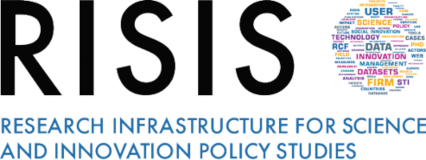RISIS constructs and presents integrated indicators fully publicly available, based on demand from the research community, but also the policy community and other non-academic users.
The RISIS-KNOWMAK tool is central in this context. It is an interface the enables the analysis and download of a number of relevant integrated indicators on knowledge production in Europe.
The central characteristic of the RISIS indicators approach is the definition of the three cross-cutting integrative dimensions, which define the aggregation and granularity level at which indicators are constructed:
- Topics/Ontology. An ontology of terms related to Key Emerging Technologies and Societal Grand Challenges, which are used to aggregate data and indicators to topics at different levels of granularity.
- Actors. Organizations are major actors of knowledge production and, therefore, provide data and indicators at this level of aggregation, rather than at the level of research groups or individual persons. Three main types of actors have been covered: public sector research organisations, firms, and social innovation actors.
- Geographical spaces. Data and indicators are aggregated at the level of regions, identified through an adapted classification from the EUROSTAT NUTS classification that includes the EUROSTAT metropolitan regions and the remaining regions identified at the NUTS level 2.
As a general principle, all data and indicators provided by the tool refer to one or more of these three dimensions (e.g. the number of publications in a geographical space by topic).




